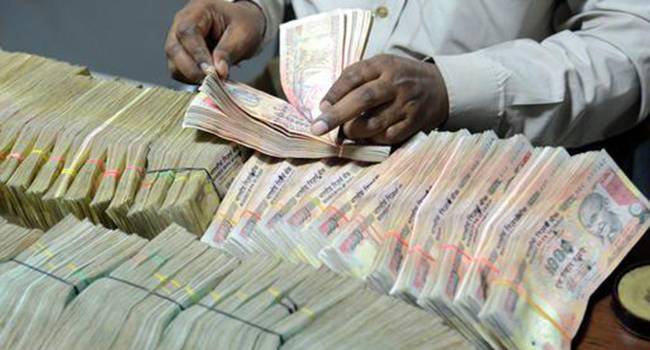One thing the Modi government has been very serious about is to make the country a tax-compliant society. In the last four years, central government’s tax to GDP ratio increased from 10 percent to 11.5 percent. In April-September period of this year, direct tax collection grew by 16.7 percent in comparison to last year in the same period. “The provisional figures of direct tax collections up to September 2018 show that gross collections are at Rs 5.47 lakh crore which is 16.7 percent higher than the gross collections for the corresponding period of last year,” the ministry said in a statement.
The total refund issued in this period is also 30.4 percent higher from previous financial year in the same period. Refunds amounting 1.03 lakh crore rupees was issued in April-September period. Therefore net collection (after adjusting for refunds) has been increased by 14 percent to 4.44 lakh crore in April-September period. The high rates of return have brought the net direct tax collection down to 38.6 percent of total budget estimate. The ministry has set a target of 11.50 lakh crore for this financial year in the budget estimate.
The increase in Corporate Income Tax (CIT) and Personal Income Tax (PIT) was 19.5 percent and 19.1 percent respectively. However, after taking refunds into account, increase in PIT was a bit lower due to high refunds in personal income taxes. After adjustment for refunds, growth in CIT and PIT was 18.7 percent and 14.9 percent respectively. “While the overall growth in direct tax collections for H1 FY19 is encouraging, what is particularly inspiring is the steep increase in the growth rate in corporate advance tax collections compared to last year,” said Pranav Sayta, partner & transaction tax leader, EY India. Advance tax collection was 18.7 percent higher to 2.10 lakh crore in comparison to last year. “The growth rate of corporate advance tax is 16.4 percent and that of PIT advance tax is 30.3 per cent, “said the statement by ministry. This increase over the last fiscal year is after adjusting ‘extraordinary collections’ of 10,254 crore rupees under the Income Declaration Scheme (IDS), 2016.
Modi government has taken many steps to increase tax collections since he came to power. This fiscal year, GST has been driver behind the increase in tax. GST is being seen as the main driver of increased tax filings. Last month finance minister wrote in a Facebook post that, “The implementation of GST as a single consolidated tax has had a significant impact even on direct taxes. Those who have disclosed a business turnover for the GST now find it difficult not to disclose their net income for the purposes of income tax. Last year, the impact of GST on direct tax collection was not visible. Since GST had been imposed in the middle of the year, it will be more apparent this year. The advance tax deposit during the first quarter of this year has seen a gross increase of 44% in the personal income tax category and 17% in the corporate tax category.”
The government is still not satisfied with increase in tax collection and wants a 1.5 percent increase in tax to the GDP ratio. “Despite higher compliances in new system, as far as the non-oil taxes are concerned, we are still far from being a tax compliant society. Salaried employees is one category of tax compliant assesses”, said Jaitley, adding that most other sections will have to improve their track record. India has one of the lowest taxes to GDP ratio among BRICS countries. As we can see from the data given above, most of the developing countries have low ‘tax to GDP ratio’. In order to move from a developing nation to a developed one, a nation has to increase its citizens’ tax compliance. If tax to GDP ratio is low, a country cannot afford to provide basic amenities like health and education to its citizens. Universal access to these primary needs is required to build human capital and improve the standard of living. India is planning to introduce Universal Health Care through the National Health Protection Scheme (popularly known as “Modicare”). The increased ‘tax to GDP ratio’ means that more money goes directly into government coffers. This money can greatly help to make India a welfare state of the kind that Deen Dayal Upadhyay had dreamt of.
